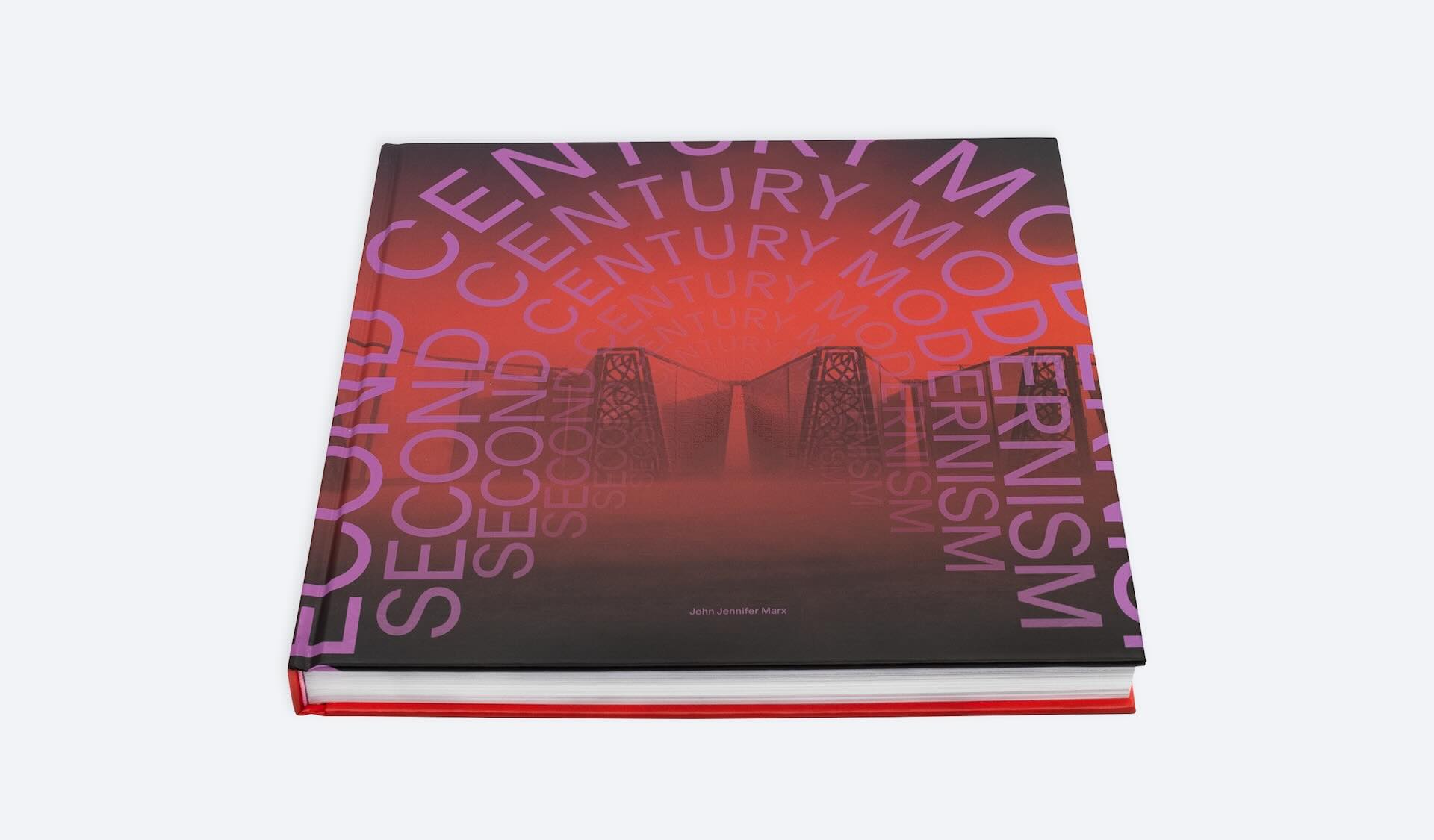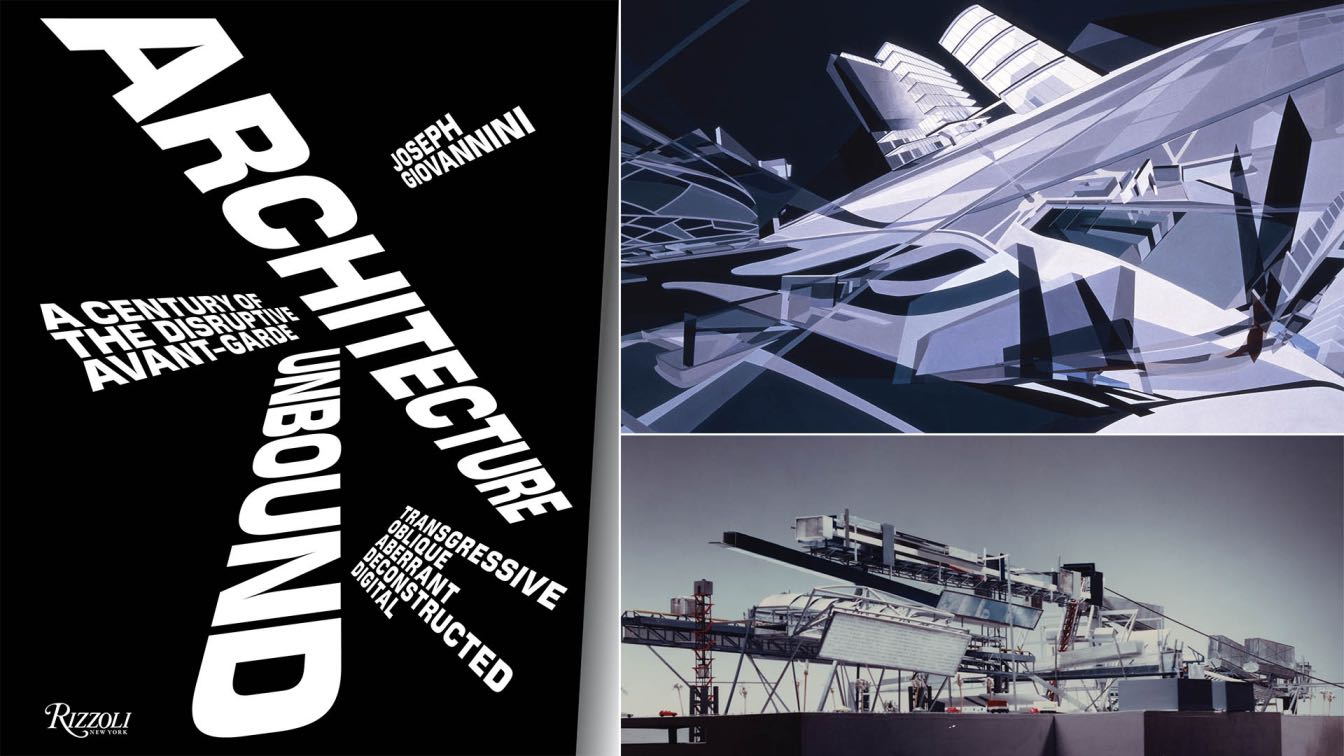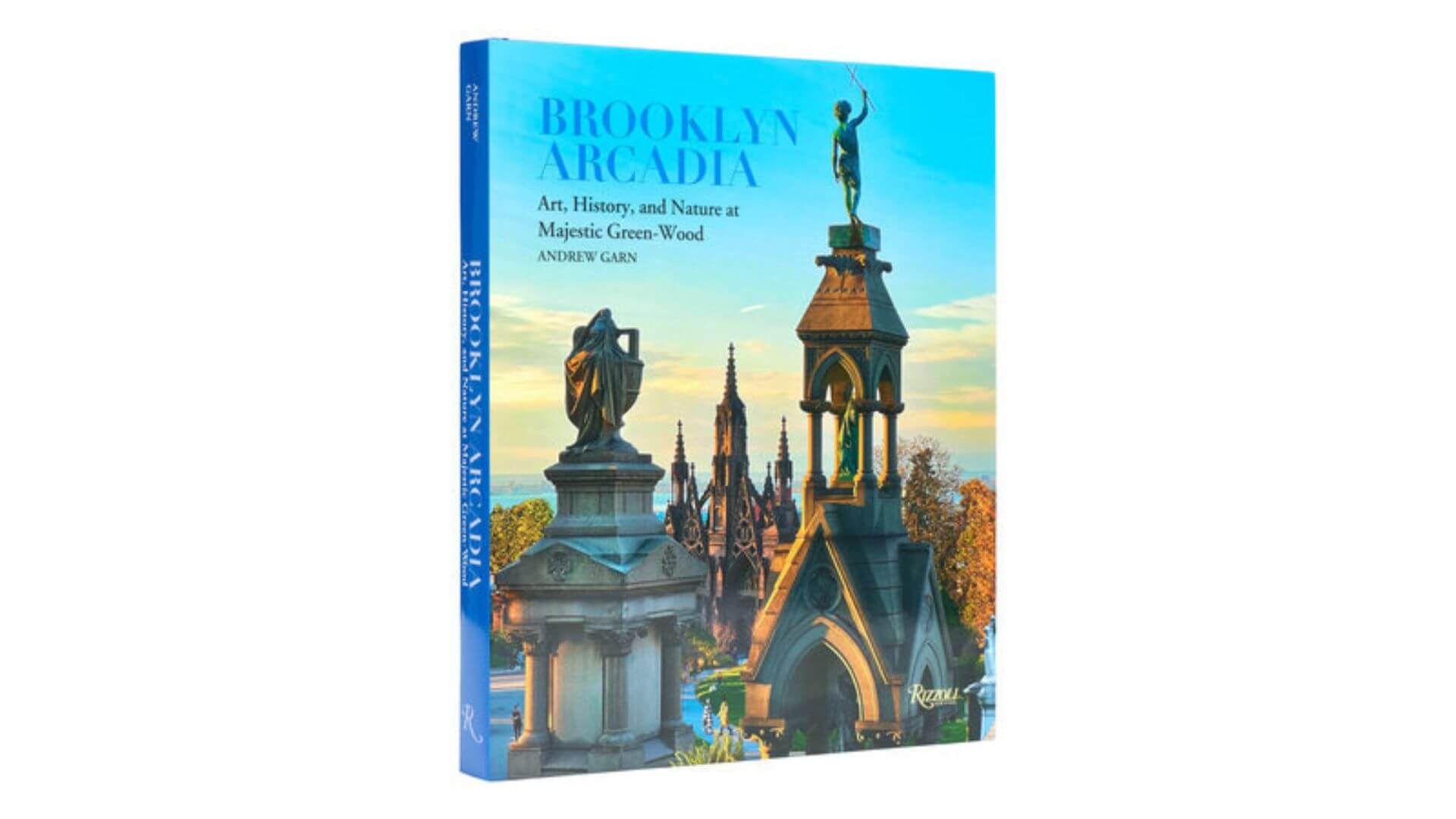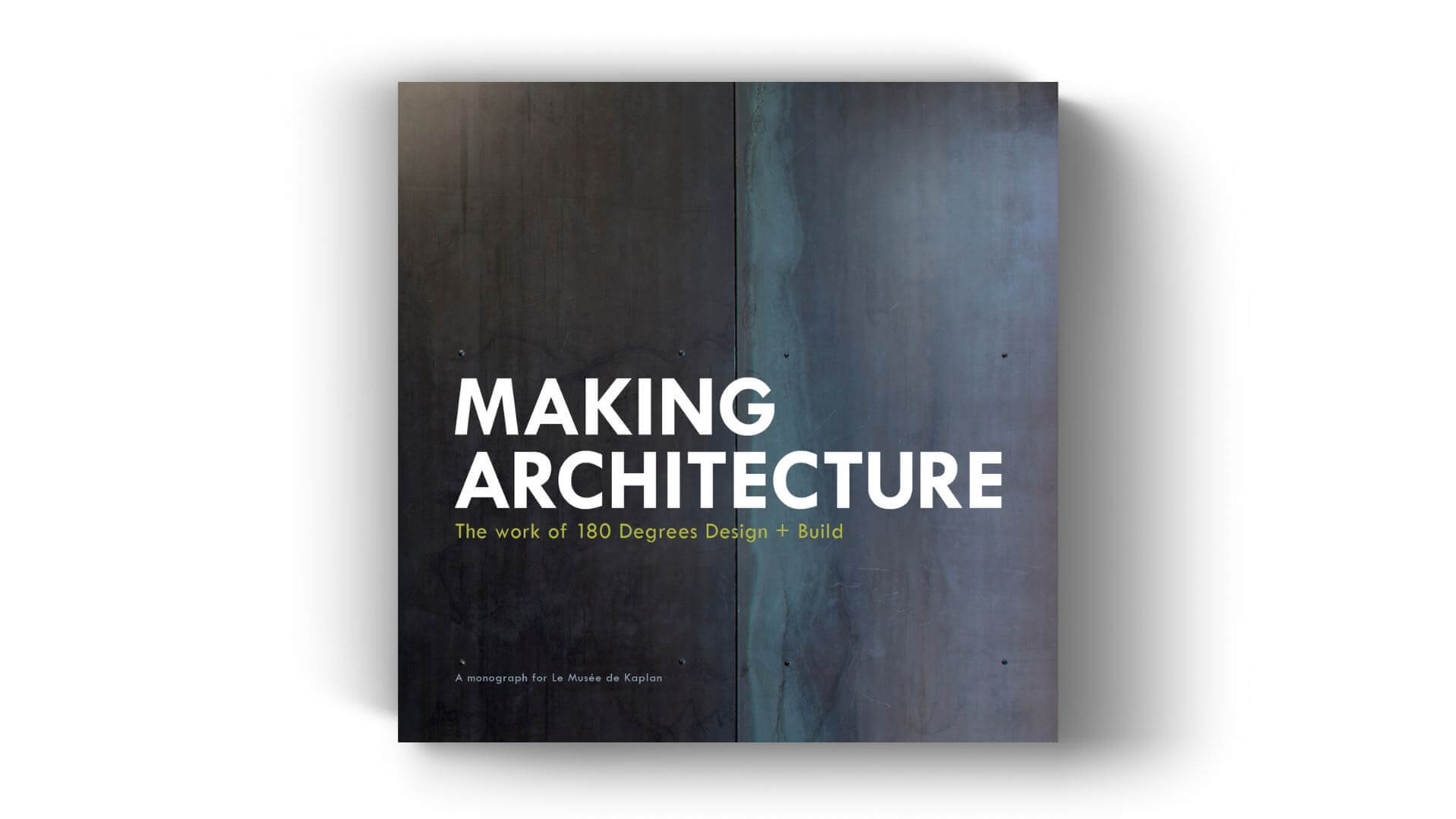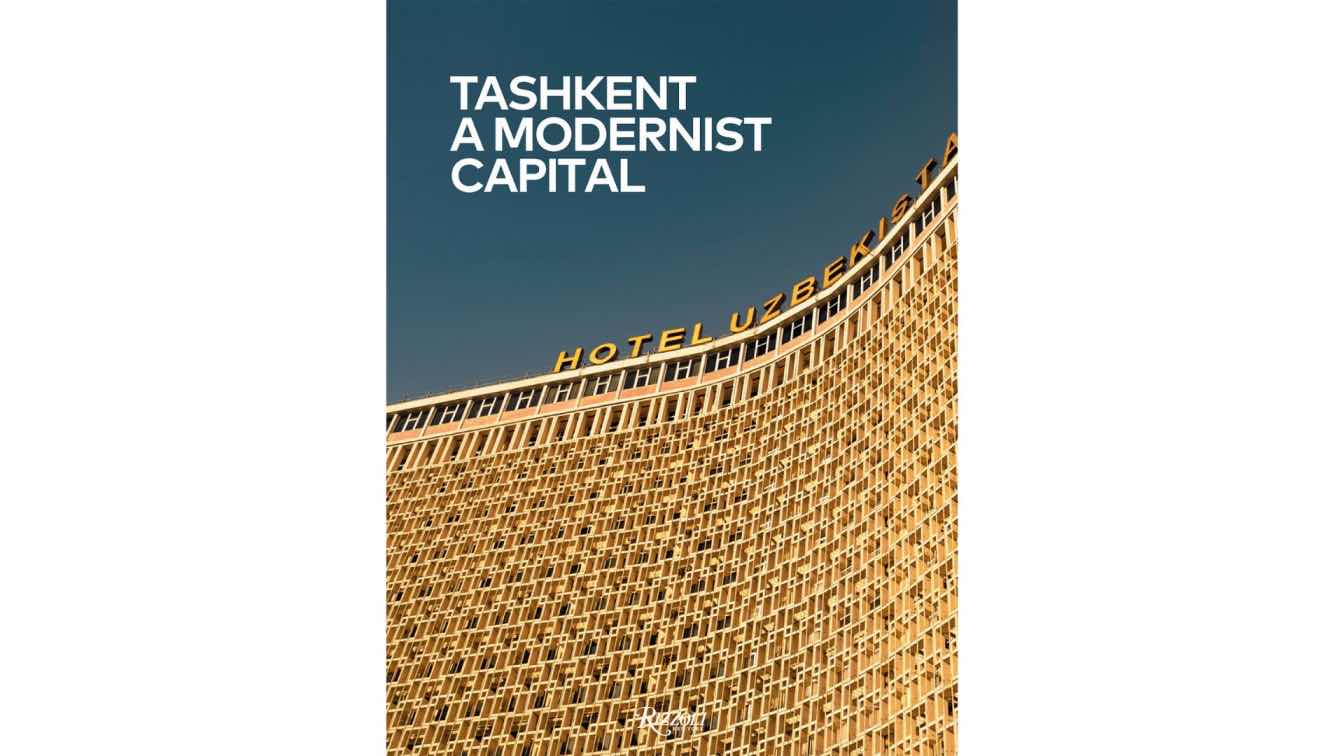Second Century Modernism Proposes a Shift Toward Emotional Connection in Architecture.
“Have we failed Modernism?” This provocative question lies at the heart of John Jennifer Marx’s new book, Second Century Modernism, set to be released this spring by ORO Editions. Marx, AIA, co-founding principal and chief artistic officer of Form4 Architecture, critically examines Modernism’s first century and advocates for a shift from an architecture of abstraction to one that prioritizes emotional resonance and experiential richness.
In Second Century Modernism, Marx argues that while the vaunted architectural movement—which arguably launched in 1919 when Walter Gropius transformed Weimar, Germany’s, Grand-Ducal Saxon School of Arts and Crafts into the Bauhaus—has achieved much, it has fallen short of some its early proponents’ lofty promises. The book suggests that the most vocal supporters of Modernist ideals crafted epic claims about delivering progressive and humane environments, but the realization of these aspirations has been uneven at best.
Marx offers a critical reflection on Modernism’s mixed legacy, introducing a “Less + More” approach to expand cultural values in design. His innovative framework aims to create an architecture of richness and community by placing a higher priority on humanist values. The book argues for the necessity of emotionally resonant architecture and urban spaces, integrating philosophy, art, and poetry in the thoughtful making of places.
“If the first century of Modernism can be considered an architecture of abstraction and ideas, then what might we design, in this second century of Modernism, if we add an architecture of emotional abundance to this legacy?” Marx asks in the book. He proposes a shift in the design process that balances the rational with the intuitive, welcoming architects to embrace the paradoxical qualities of human existence.
Designed by Studio Spass, Second Century Modernism is a visually striking and intellectually rich monograph. The 11.5" x 11.5" square hardbound book spans 264 pages, offering readers a comprehensive exploration of Marx’s vision for the future of design. The content is diverse and thought-provoking, featuring a portfolio of Marx's designs—from private residences to Silicon Valley masterplans—alongside full-color photographs, renderings, and architectural plans. The book integrates several of Marx's concrete poems, longer-form essays such as "Rebalancing Modernism," and a dedicated section on his advocacy work related to theories of beauty, gender, and philosophy. This carefully curated collection of visual and textual elements creates a compelling narrative that at once showcases Marx's multidisciplinary approach and challenges readers to reconsider the legacy and future potential of modernism in architecture and design.
Marx, a Laureate of the American Prize for Architecture (2017) and a winner of the James Gates Percival International Prize for Literature, brings his multifaceted background as an architect, artist, and poet to this work. Known for his studies of absurdity, paradox, kindness, art, and gender, in Second Century Modernism, Marx offers perspectives that challenge conventional architectural thinking.
As co-founding principal and chief artistic officer of Form4 Architecture in San Francisco, Marx has been instrumental in developing the firm’s design vision and philosophical language. His advocacy for returning a sense of humanity to architecture is evident throughout the book, offering new insights on how we can shape our built environment in the coming decades.
Marx’s earlier books include Towards Abundance (The Architectural Review, 2023), Études: The Poetry of Dreams + Other Fragments (ORO Editions, 2020), The Absurdity of Beauty (The Architectural Review, 2019), Form4, Lyrical Expressionism: The Poetics of Architecture (Metropolitan Arts Press, 2017), Wandering the Garden of Technology and Passion (Balcony Press, 2012), and Nine Conversations About Architecture (Form4 Architecture, 2016).

